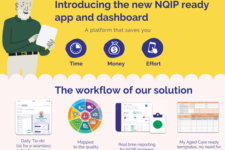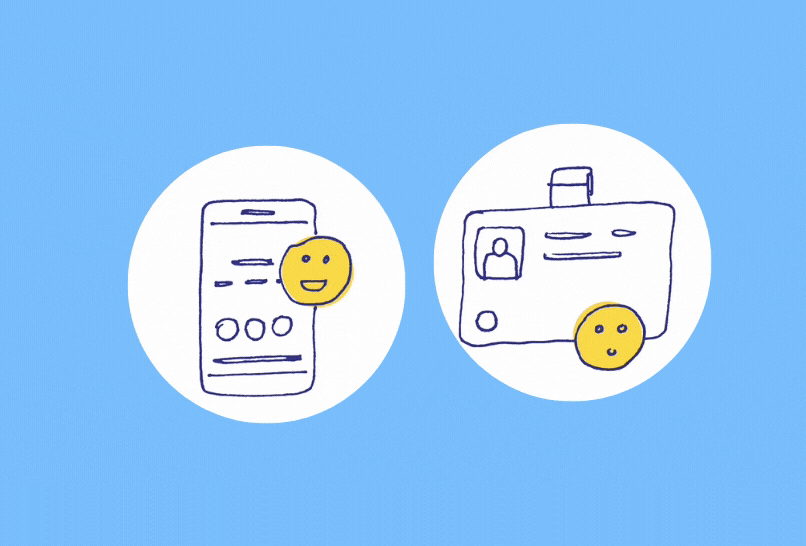
In the Age of the Customer, customer-centricity should be at the heart of every business.
Take a moment to reflect: in every aspect, from your daily operations to your marketing, sales, and compliance, are you genuinely attuned to the voice of your customer?
As providers navigate the changing landscape of aged care, voice of customer (VoC) and customer experience (CX) transformation are not just buzzwords, but essential components of delivering high-quality care and ensuring compliance with evolving standards and regulations.
The pillars of success
As the sector evolves, it becomes evident that change management, technology, and a culture of CX feedback and continuous improvement are paramount considerations for building operational efficiencies and supporting customer-centricity.
It’s not merely about having the best software or technology; it’s about strategic implementation, active engagement, and accountability.
True change, especially in fostering a feedback and continuous improvement culture, requires a comprehensive strategy that involves everyone within the organisation.
Initiating VoC vs. CX change management:
It’s commonly misunderstood that starting with VoC data collection is the best approach. In reality, the path to CX excellence should begin with a thorough change management plan. This plan should clearly define roles, responsibilities, timelines, objectives, and strategies for business process improvement and customer-centricity. By starting with change management, organisations establish clear expectations from their team and this helps to address potential VoC implementation challenges, leading to faster VoC maturity.
The pitfall of listening without connecting:
When organisations start with VoC data collection, they often end up with a library of disparate surveys, advisory boards, user groups, and various input sources. These sources may be siloed and a barrier to a comprehensive view of the customer journey and experience. This lack of connection represents a missed opportunity to tap into collective wisdom and streamline efforts across teams and data sources.
The role of technology in change:
Technology is undoubtedly a powerful enabler of change, but it should not be mistaken as the sole driver. It can assist in streamlining processes, improving communication, and enhancing data collection. However, technology alone won’t create a culture of CX feedback and continuous improvement. It merely supports and facilitates the broader change journey.
Building a CX culture
To build a sustainable culture of feedback and continuous improvement, we must understand that it’s not a one-time initiative or a “set and forget” process.
Instead, it should be part of your team’s DNA and daily activities. Every member of the team, from leadership to frontline staff, plays a role in this cultural shift.
During our CX workshops, we commonly uncover:
- Limited awareness of the current consumer experience – it’s not uncommon for team members to have a somewhat vague understanding of the customer journey. This can result in critical touch-points being overlooked or areas of improvement going unnoticed.
- A lack of accountability, measurement, and visibility concerning consumer experience data and insights
In the journey toward customer-centricity, you will inevitably face numerous challenges, and the implementation of a robust change management strategy is the compass that steers organisations away from potential pitfalls, ensuring that minor issues don’t escalate into major setbacks.
Here are five tips to guide you through this transformative process:
- Build awareness and understanding – Ensure that your organisation recognises the significance of customer feedback, especially if it’s a new practice. Communicate feedback’s role in continuous improvement via a well-crafted plan to engage all stakeholders and include repetition of messaging, so that the implementation sinks in and gives staff enough time to discuss any concerns they have.
- It’s a team effort – Engage every team member in your customer experience program, emphasising that their opinions matter. Create cross-functional teams and have leadership acknowledge their importance, making it clear that it’s everyone’s responsibility to build better experiences.
- Highlight both good and bad feedback – Strive for a balance between positive and negative feedback to maintain an authentic view of your customer experience. Celebrate excellent experiences to motivate your team.
- Share your early wins – Share success stories to gain internal alignment and emphasise the importance of customer experience. Incorporate these stories into your communications both internally and externally.
- Make customer feedback a matter of priority – for everyone Prioritise feedback collection across your organisation, gaining essential insights and fostering a culture of improvement. Review feedback in leadership meetings, focusing on transparency and in-depth analysis.
These key points will serve as your compass as you navigate the transition towards a customer-centric organisation culture.
By recognising the importance of CX feedback, encouraging cross-functional collaboration, and strategically balancing positive and negative feedback, your organisation not only thrives in the evolving landscape but also fosters an environment where customer feedback is a shared priority for everyone. With time, as customer feedback becomes an intrinsic part of your organisational culture, setting key performance indicators (KPIs) can then be the final piece of the puzzle.
We’re here to help
We know transformation and what it takes to implement change. Taking a partnership approach, at CarePage we are well versed in providing strategic advice and support as and where required to change hearts and minds, and support the success of a transformative CX program.
Don’t Delay!
For aged care providers, the message is clear: the time to create a comprehensive customer experience change management plan is now. Delaying this essential step can hinder efforts to improve processes and customer-centricity.
The journey to creating a feedback and continuous improvement culture is ongoing. It requires dedication, commitment, and the recognition that it’s not a one-time effort.
If you’re interested in learning more or need assistance in building a culture of feedback within your aged care organisation, please don’t hesitate to reach out.
Along with our 360-degree feedback, complaints and PCI software, we’re here to guide and support you on this transformative journey.
For an exploratory chat with one of our CX experts, reach out to us today at hello@carepage.com.au






